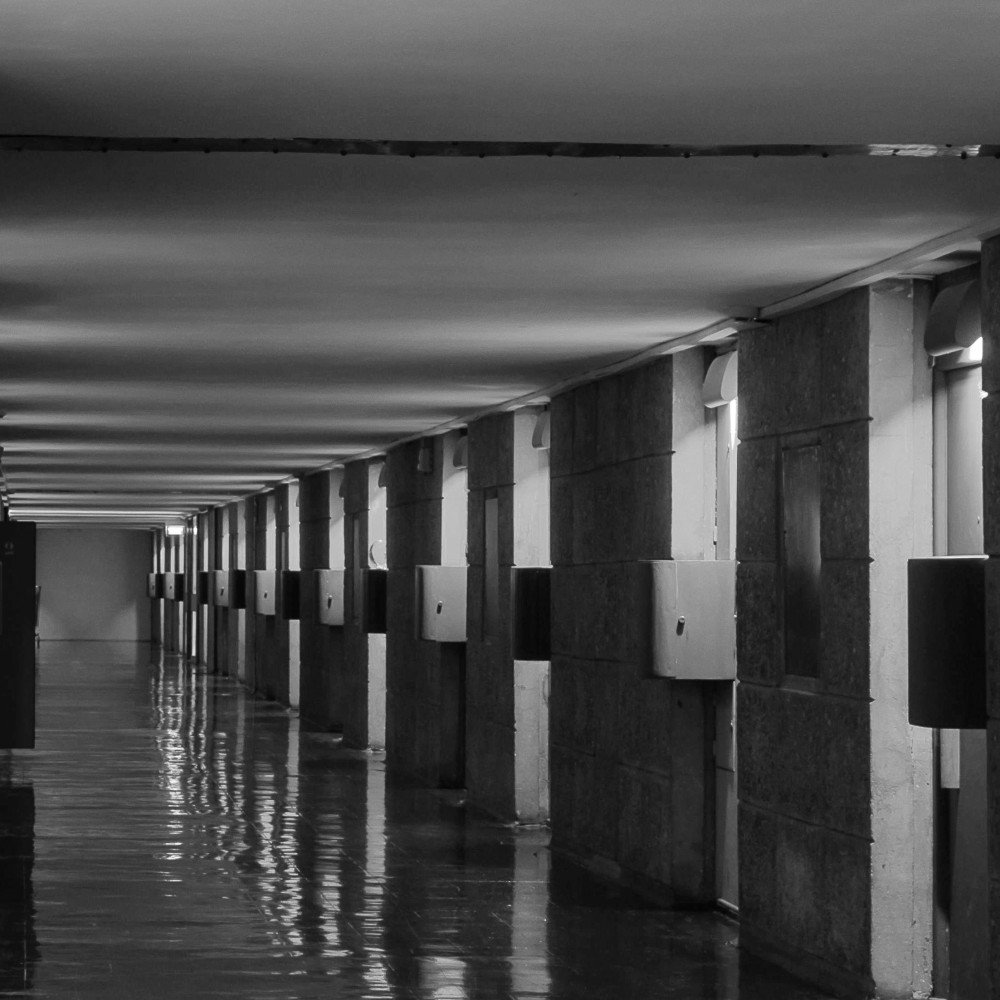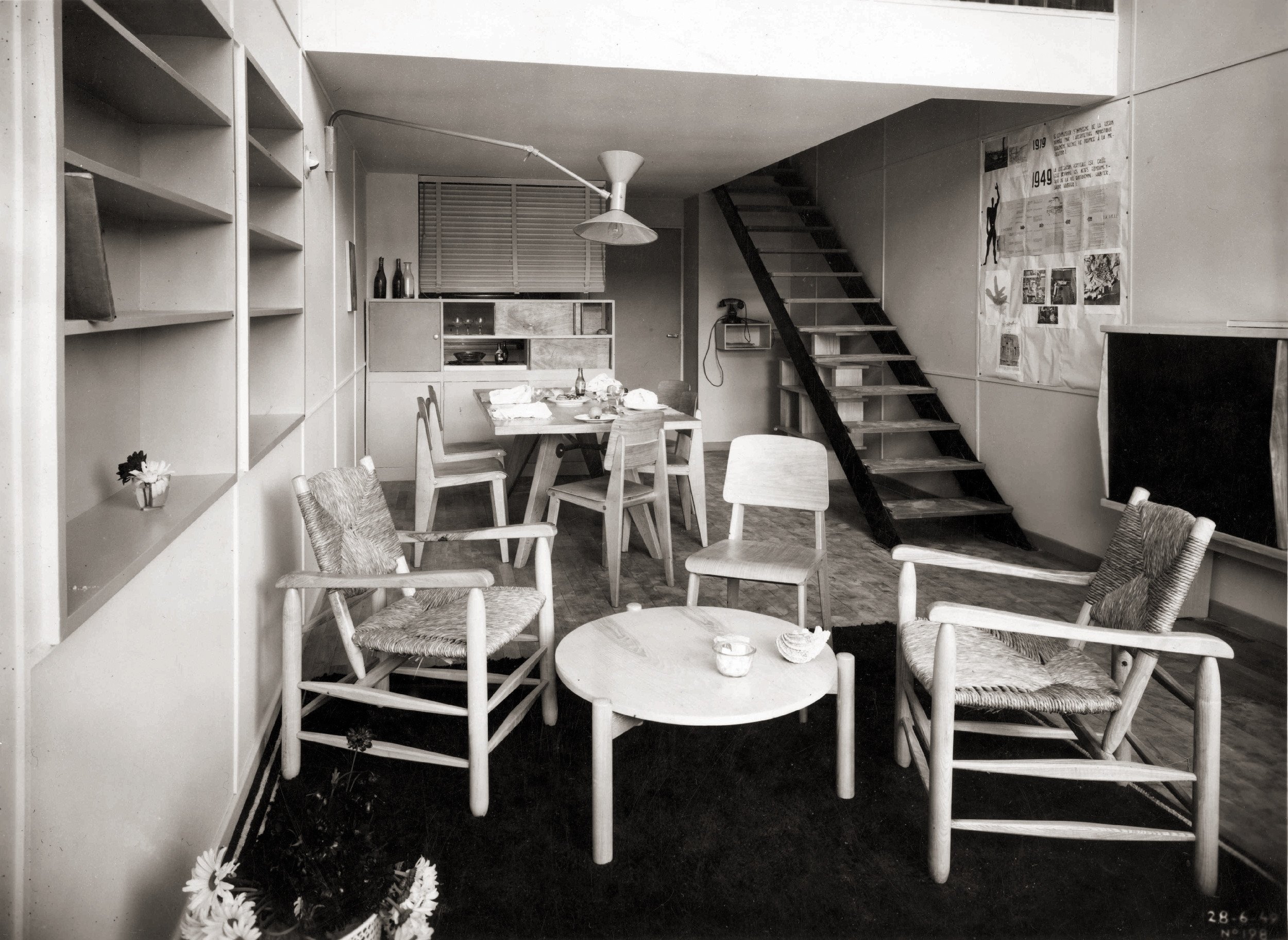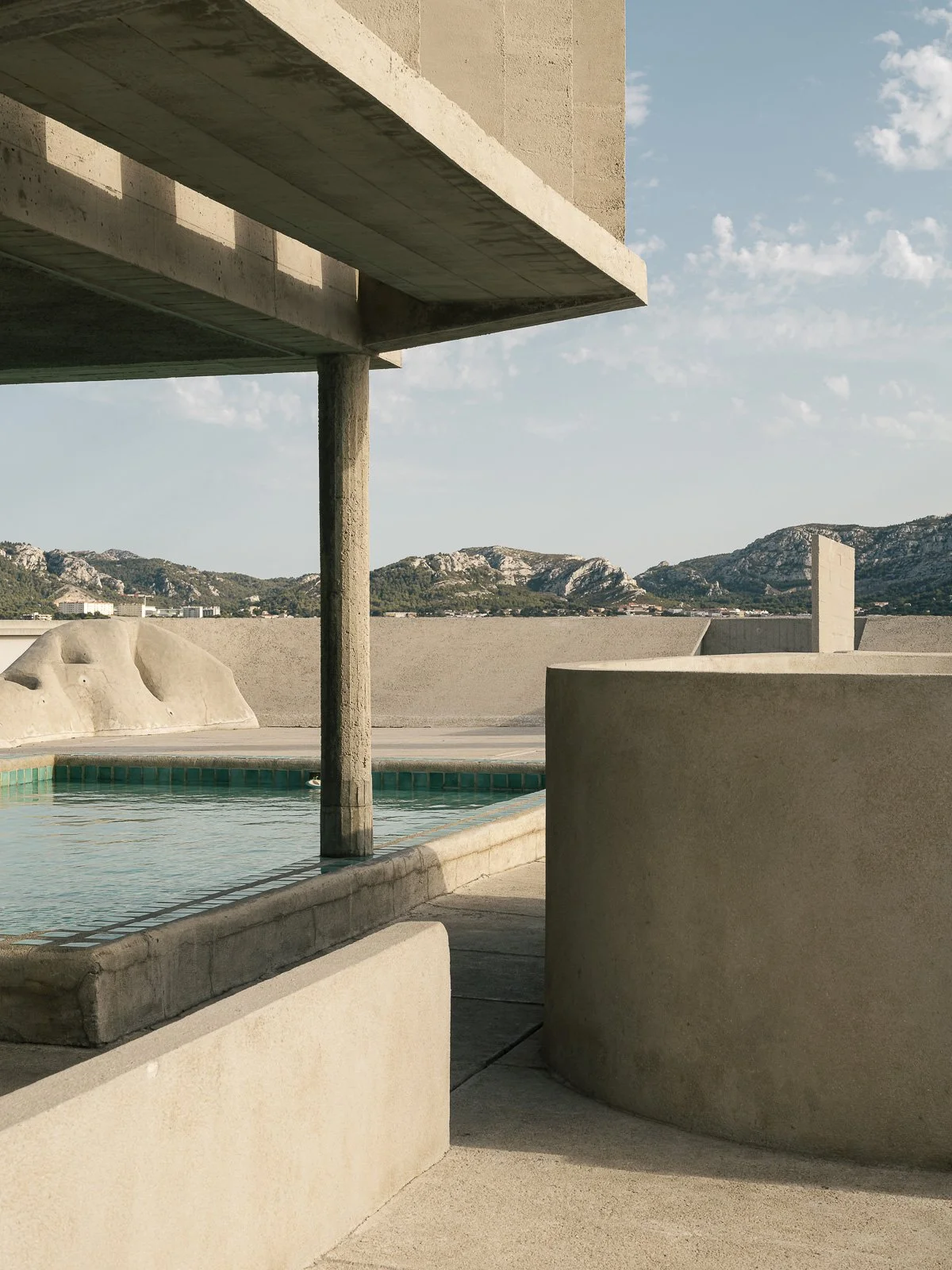Behind the Scenes at La Cité Radieuse
La Cité Radieuse, a masterpiece by the legendary architect Le Corbusier, stands as a testament to mid-20th-century modernism. Located in Marseille, this Unité d'Habitation embodies Le Corbusier's vision where living, working, and recreational spaces coexist harmoniously within a single structure.
When approaching this iconic building, I decided to deviate from my usual meticulous preparation and embrace a more spontaneous and instinctive photographic process.
Historical Context and Architectural Significance
Completed in 1952, La Cité Radieuse was conceived during a period of significant urban development and reconstruction following World War II. Le Corbusier envisioned the building as a solution to the housing crisis, presenting a new model for urban living that combined efficiency, aesthetics, and social harmony. The concept of the "vertical garden city" aimed to integrate residential, commercial, and communal spaces within a single structure, thereby promoting a sense of community and improving the quality of life for its inhabitants.
© Fondation Le Corbusier
La Cité Radieuse features 337 modular apartments, each designed with standardized dimensions to facilitate mass production and efficient use of space.
Inside an Apartment of La Cité Radieuse, with furniture by Jean Prouvé and Charlotte Perriand © Fondation Le Corbusier
These units are interspersed with communal areas, such as shopping streets, a hotel, and recreational facilities, all within the building. The rooftop houses a nursery, a gym, and an open-air theater, emphasizing Le Corbusier's belief in the importance of leisure and social interaction.
The building's design reflects Le Corbusier's principles of modernist architecture, including the use raw concrete, which became a hallmark of the Brutalist movement. The exposed concrete surfaces, pilotis (supports), and ribbon windows are functional and aesthetic elements that contribute to the building's distinctive character. Le Corbusier's emphasis on light, space, and proportion is evident throughout La Cité Radieuse, making it a pioneering example of his architectural philosophy and a significant milestone in the history of modern architecture.
Embracing Spontaneity: The Photographic Process
For the Cité Radieuse project, I decided to take a different approach compared to my usual meticulous preparation. This time, I shot quickly and spontaneously, mostly handheld at sunset. The natural light at this time of day provided a warm, golden hue that beautifully highlighted the textures of the concrete surfaces.
Using primarily my Canon 50mm TS-E lens and avoiding wide-angle shots, I focused on capturing the intimacy and textures of the space. This lens choice allowed me to maintain a natural perspective that closely resembles the human eye, emphasizing the building's scale and proportion. By concentrating on the details—the texture of the concrete, the interplay of light and shadow, and the subtle nuances that give the building its character—I was able to showcase the raw beauty of the concrete which brought out the building's unique character. Le Corbusier famously said, "Light creates ambience and feel of a place, as well as the expression of a structure," and this philosophy guided my shoot at La Cité Radieuse.
Unlike my usual process involving detailed research and planning, my approach to La Cité Radieuse was more instinctive. I immersed myself in the environment, allowing the building's forms and spaces to guide my composition. The spontaneity of shooting handheld allowed me to move freely and capture moments of fleeting light and shadow, adding a dynamic and organic quality to the images.
Working on spontaneous projects like this one pushes me out of my comfort zone and helps to refine my photographic style. This approach offers a fresh perspective and allows me to capture the essence of a place in a more natural and intuitive manner.
Often, extensive preparation and focus on technical aspects can cause a disconnect from the subject. These spontaneous experiences help me to break free from rigid constraints and re-establish a connection with the architecture. The process became much more enjoyable, and the editing phase offered pleasant surprises—some shots that seemed unremarkable turned out to be quite captivating, while others I expected to be perfect were unexpectedly flawed.
This unpredictability is part of the challenge and excitement, and this minimalist approach allowed me to truly enjoy the process and focus on the essence of the scene.










